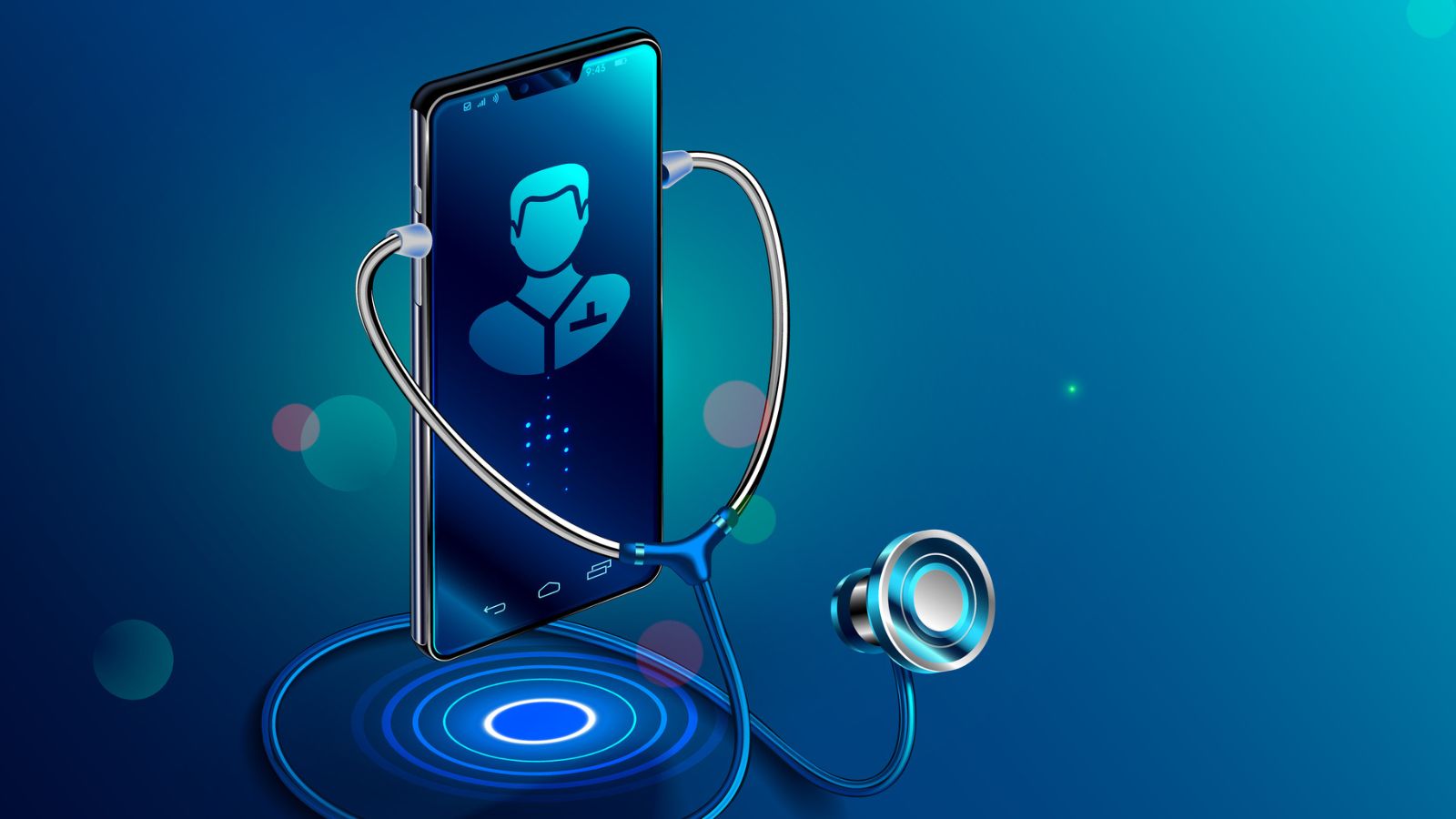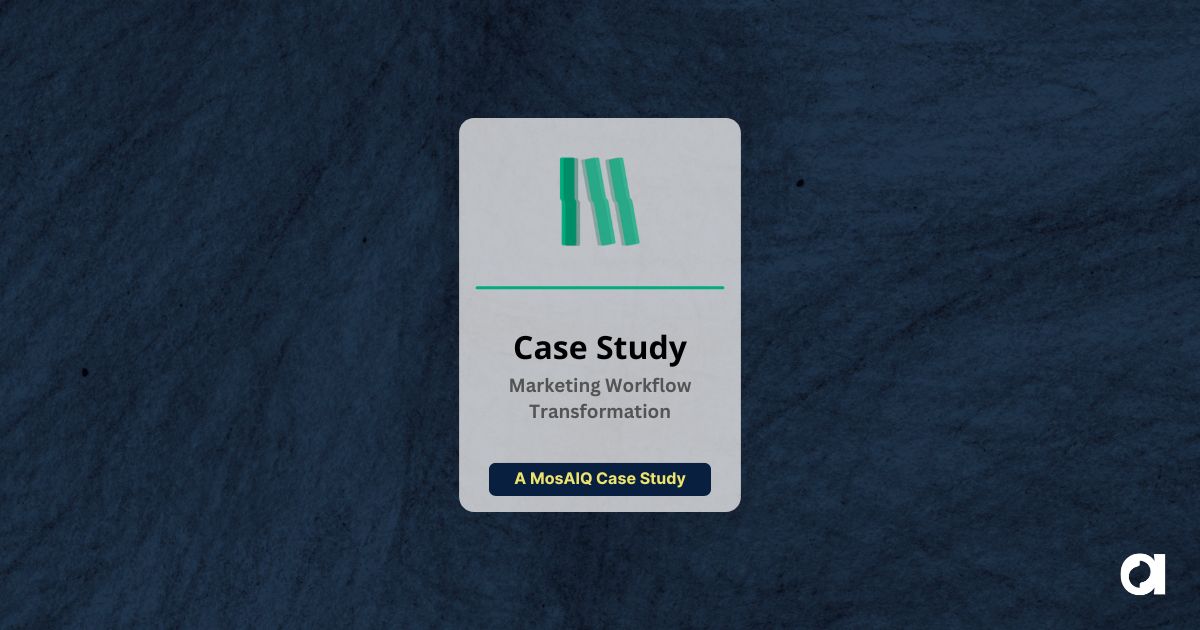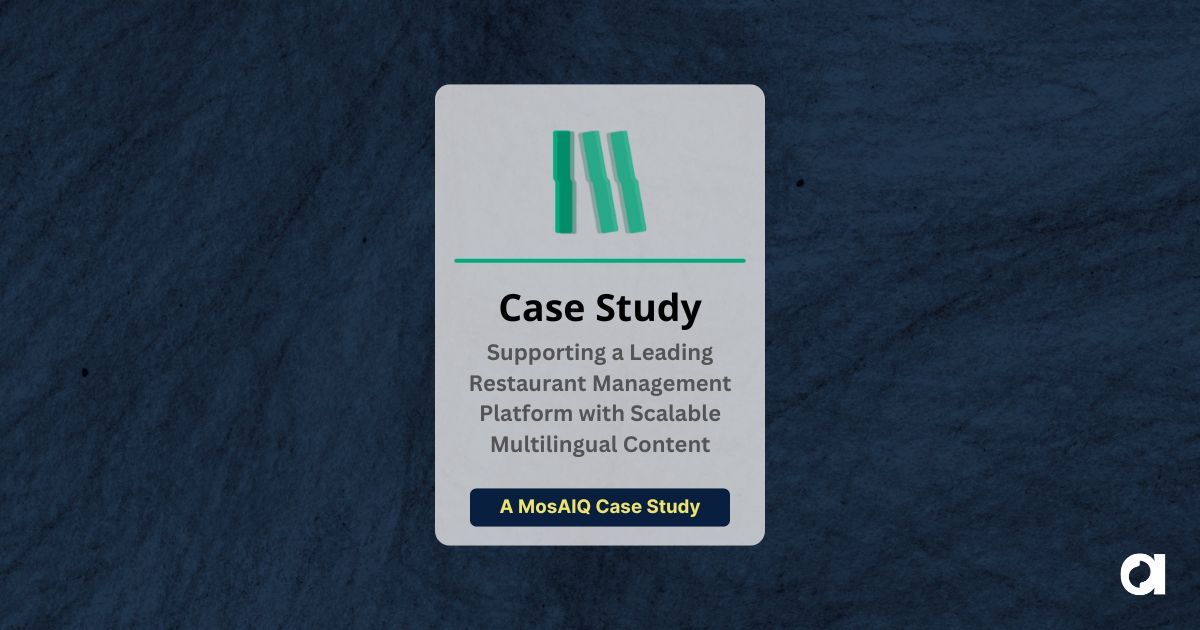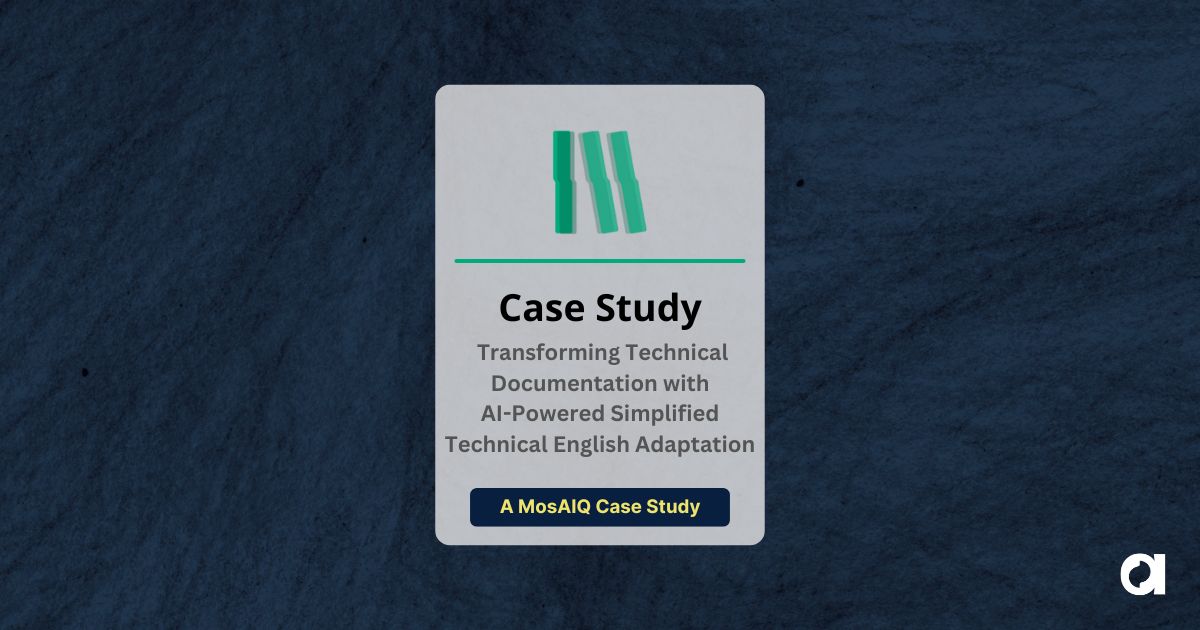For many healthcare teams, keeping up with changing regulations is part of the job, especially when it comes to language access. But new regulations have introduced a new layer of complexity. Executive Order 14224, signed March 1, 2025 designating English as the official U.S. language, and the revocation of Executive Order 13166, have created new uncertainty around language access regulations.
Now more than ever, healthcare organizations need a proactive and efficient strategy to ensure meaningful access for all individuals.
While the recent policy shifts may influence how language access is approached, federal regulations like Section 1557 of the Affordable Care Act (ACA), Title VI of the Civil Rights Act, and the Americans with Disabilities Act still require all health programs and activities that receive federal funding to provide meaningful and equitable language access to all individuals.
Section 1557 is a long-standing provision that requires language services in healthcare. The newest ruling, which was finalized in 2024, clarifies expectations on how these services are delivered. It also strengthens some of these requirements, although how these will take shape remains to be seen amid broader policy shifts.
Healthcare providers must comply with some of Section 1557’s updates by July 5, 2025. For busy healthcare organizations, this raises a tough question: how do you expand translation services without increasing costs or administrative burdens?
Using AI or machine translation (MT) with post-editing by a qualified human linguist can be an effective option. Machine translation post-editing (MTPE) combines the efficiency and automation of AI or machine translation with human expertise. MT performs the initial translation, which speeds up the process, and a qualified human linguist reviews and edits it for accuracy. This approach allows healthcare organizations to deliver multilingual services without sacrificing quality or adding extra work for internal teams.
When implemented correctly and compliantly, MTPE can improve access, speed up communication, and reduce administrative strain. The challenge is making sure it meets legal, HIPAA, and practical requirements.
Machine translation already plays a role in facilitating multilingual communication in many industries, but without human oversight, it may misinterpret healthcare terminology or patient conditions. In a healthcare setting, even small translation errors can affect patient safety, health outcomes, and compliance, making accuracy and human review non-negotiable. This is why Section 1557’s 2024 update explicitly requires that qualified human translators should review all machine-translated text to ensure accuracy, cultural relevance, and compliance in the final translation.
So how does MTPE fit into a language access strategy that is compliant and patient-centered? Let’s break it down.
Language Access Compliance and the Evolving Role of Machine Translation
The recent update to Section 1557 about MTPE reflects a broader industry shift toward using AI-driven innovation to create scalable and efficient solutions. However, this must be done with careful attention to safety, security, compliance, and the overall healthcare experience.
Key updates include:
- Machine translation is allowed, but requires human oversight by a qualified linguist. A machine translation step can assist with efficiency, but the ruling makes it clear: MT cannot stand alone. Any machine-generated translation must be reviewed and edited by a qualified human so medical terminology, patient instructions, and critical details are conveyed correctly.
- Stronger safeguards for Protected Health Information (PHI): Before handling PHI or sensitive data, healthcare organizations must confirm that their translation partner and MT solution meet all security requirements, including the Health Insurance Portability and Accountability Act (HIPAA). This includes encryption, controlled access, and legal oversight.
Section 1557’s updates raise the standard for language access in healthcare, requiring organizations to reevaluate how they provide translation services. Many aren’t fully aware of how to best incorporate an MTPE step, which makes adopting the right strategies even more important.
Machine Translation Considerations For Healthcare Requirements
AI and machine translation are often seen as shortcuts for multilingual communication, but in healthcare, shortcuts carry real risks. When evaluating a process that incorporates these steps in healthcare, organizations need to consider three important factors:
- Accuracy: Machine translation on its own may struggle with medical language. Having human linguists review and refine translations confirms that all translated content is precise and easy for patients to understand.
- Security: Not all AI and machine translation solutions meet HIPAA and other privacy standards. Healthcare organizations need to make sure their process and partners protect PHI at all costs to ensure complete data security and confidentiality.
- Efficiency: These approaches may speed up translation, but ensuring that messages truly resonate with your audience requires a human touch. A properly implemented machine translation post-editing process with qualified linguistic reviewers ensures translations are accurate, culturally relevant, and reliable, balancing speed with quality.
Making MTPE Work in Healthcare
For healthcare professionals, leveraging the automation from AI and machine translation serves as a practical, cost-effective way to meet growing language access demands without introducing unnecessary risks. When evaluating potential partners, there are a few things to take into consideration.
Choosing the Right Language Partner
Not all language service providers (LSPs) that offer AI- or MT-enhanced solutions are familiar with the unique nuances of healthcare. Some may lack the domain-specific expertise needed to accurately translate topics such as health plan enrollment options, relay key clinical terms in a culturally meaningful way, or may even fail to convey critical patient instructions.
LSPs who offer healthcare- or client-specific trained MT engines, combined with qualified healthcare linguistic reviewers, can deliver more accurate and reliable translations that align with your organization’s terminology, tone, and compliance standards.
Protecting Patient Data
Language service providers must meet strict privacy and security standards. Before handling PHI or sensitive data, healthcare organizations should verify that their LSP fully complies with HIPAA, data-security, and any legal requirements. Partnering with an LSP that understands both MT and healthcare regulations can simplify this process.
Doing More with Less: Expanding Language Access with Automation
An effective AI or MT enhanced approach enables healthcare organizations to expand equitable access and multilingual communication in an easy, affordable way. Leveraging the right partner and process for machine-translated and human-reviewed translations ensures better access to critical healthcare information for more of your diverse audiences.
Reducing Costs Without Compromising Quality
Integrating AI and MTPE into your language process helps reduce costs and allows healthcare organizations to maintain quality as the demand for translation grows. By safely automating part of the translation process, organizations can keep up with compliance requirements without overwhelming internal teams.
Faster Turnarounds, Fewer Delays
In healthcare, delays in translation can impact everything from patient care to critical compliance timelines like the Annual Enrollment Period. Incorporating MT or AI-led automation accelerates turnaround times by reducing the time linguists spend initially translating content. This allows them to focus on the most critical components, where their time matters most.
Scalable Solutions for Expanding Language Access
As healthcare organizations grow, so do their translation needs. Healthcare leaders can better allocate resources by using AI- or MT-enhanced approaches where they will add the most benefit and efficiency.
High-volume, templated materials that are frequently updated are a good fit for this kind of approach. For example, health plan enrollment and benefits documents such as Annual Notice of Change (ANOC), Evidence of Coverage (EOC), and Summary of Benefits and Coverage (SBC) follow consistent formatting and recurring language within each version, making them ideal candidates for AI-assisted, human-reviewed translation. Argos Multilingual has helped health plan clients apply this kind of approach, which cuts costs by more than 30% while still meeting quality expectations and staying fully compliant.
A Better Way Forward for Healthcare Translation
Healthcare organizations are under increasing pressure to meet stricter quality and security standards, and to do so efficiently in a rapidly changing environment. Approaches that incorporate machine translation or AI with human post-editing offer an easy and affordable way to support multilingual communication and stay compliant.
But technology alone isn’t the solution. A well-planned language strategy uses automation to enhance, rather than replace, human expertise. The key is integrating AI or MT into existing translation workflows, always involving expert human oversight to align with quality and regulatory requirements.
An experienced language services partner such as Argos Multilingual can work with healthcare organizations to review your translation processes and identify where AI or MT can improve efficiency without compromising accuracy. With the right approach, healthcare organizations can meet regulatory obligations while delivering clear, reliable communication to your communities with limited English proficiency.
Contact us to explore how a customized machine translation or AI-enhanced approach can support your organization.
 Argos Multilingual
6 min. read
Argos Multilingual
6 min. read
Localization is a careful balancing act. Keeping translation projects organized across multiple teams, file formats, and languages isn’t easy. The more moving parts there are, the easier it is for things to slip through the cracks. If you’ve ever opened a file and wondered whether it was the latest version or why a key term […]

 Argos Multilingual
4 min. read
Argos Multilingual
4 min. read
Digital health apps are reaching more users worldwide, offering new ways for patients to access care, manage chronic conditions, and communicate with providers. But global reach comes with a challenge: navigating different and frequently changing regulations. Healthcare compliance is rarely straightforward. Data privacy laws shift. Accessibility requirements tighten. Medical device regulations add new demands for […]












